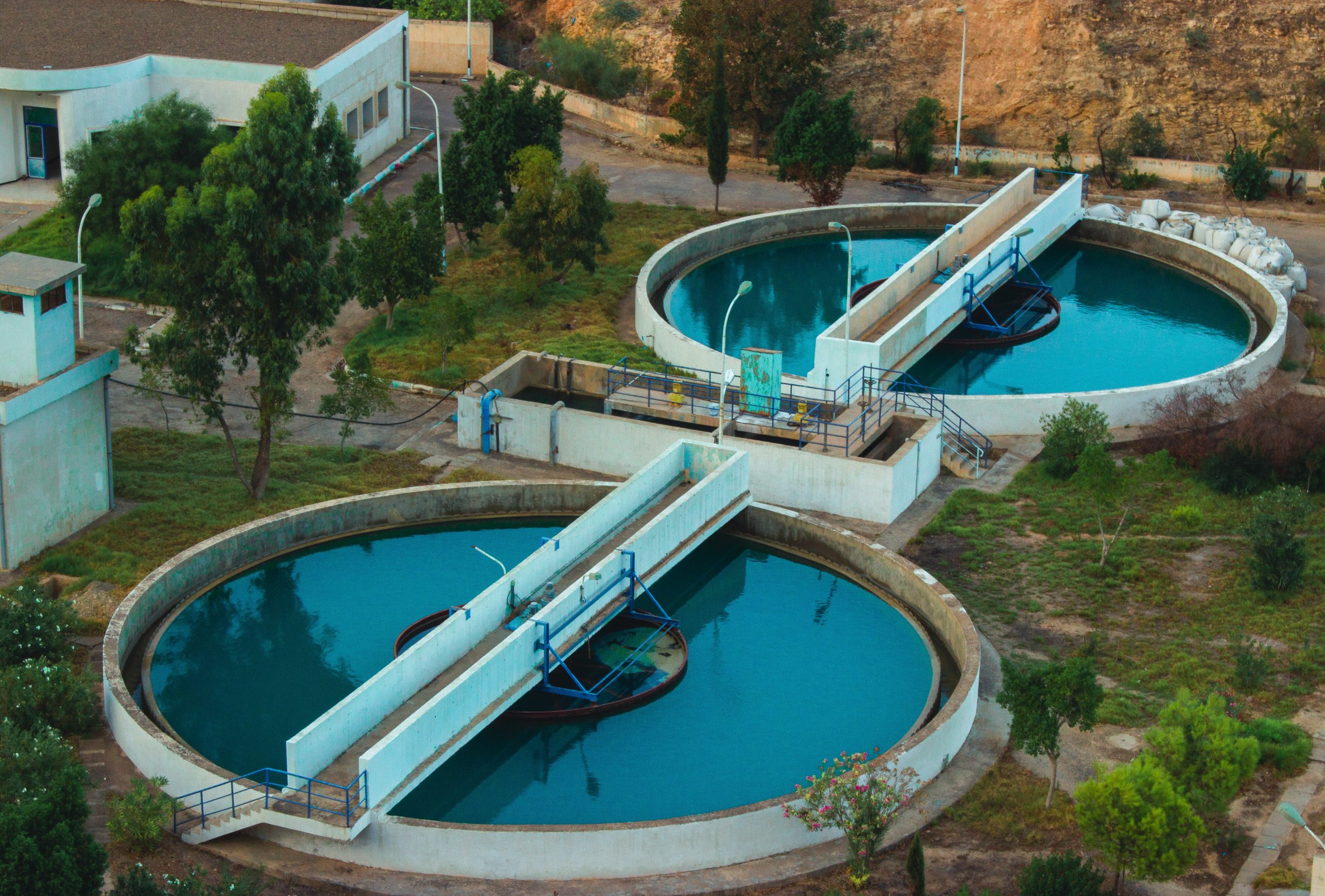A little about enzymes
LEARN HOW
What is an enzyme?
Enzymes are very common in nature and in our industrial world. In fact, we are all walking bags of enzymes. We utilise enzymes in our bodies to digest our food, to function, and to maintain our health. Many medications we use today are designed to improve, facilitate, or to interfere with enzyme action in our bodies.
Enzymes are also the basis of operation for sewage treatment and waste recycling; and for many food fermentation processes such as alcohol production, cheese manufacturing, and the manufacturing of well-known favourites such as Vegemite.

So what are they and where do they come from?
Most enzymes are special proteins. They occur naturally in many plants, animals, bacteria, fungi, and soils. They differ from most other proteins in that they act as catalysts for certain chemical reactions. That is, they cause and speed up various chemical processes while remaining unchanged. Each enzyme is specific for only one class of substances e.g., protease enzymes will only function on protein material.
There are many thousands of different enzymes so far identified, and a complex naming system has evolved in the technical world. The naming system has evolved around the type of substrate involved, for example:
PROTEASE as the basic enzyme for protein substrate
AMYLASE as the basic enzyme for starch and carbohydrate materials
LIPASE as the basic enzyme for lipid or fatty substrate
CELLULASE as the basic enzyme for cellulose materials and so on.
Commercial sources of many enzymes are now freely available and these enzymes are presented in many forms they may be in a solid form such as fine powder, prills (small beads), encapsulates, or as liquid. Generally the solid forms are prefered over the liquid form because of stability.
The source of origin of the enzymes may be from PLANT material eg. Bromelain from pineapple, papain from pawpaw; from BACTERIA eg. protease and amylase from Bacillus Subtilis; from FUNGI eg. cellulase from Trichoderma; from ANIMALS eg. rennet from calves; from YEAST eg. lipase from Candida; from EGGS eg. lysozyme from egg white.

How does Actizyme work?
Actizyme is specifically formulated and prepared as a safe and effective complex of the enzymes protease, amylase, lipase and cellulase, together with special spores of the bacteria Bacillus Subtilis. In its solid form, it is a stable non-dusty pellet, the purpose being to aid nature in breaking down and recycling organic waste back into the environment. Actizyme is inactive in the dry state, but when mixed with water, the microbial culture germinates, producing viable bacteria. The facultative Actizyme culture operates in both aerobic and anaerobic conditions.
The mechanism of ACTIZYME action is broadly as follows:
The provision of short-term initial enzyme action promotes the fast breakdown of proteins, carbohydrates, and fats
Providing large numbers of viable multiplying bacteria and their associated enzyme systems to continuously 'boost' the recycling process
Providing additional nutrients for ACTIZYME and existing bacteria
Aiding existing bacteria to stabilise and multiply i.e., having a catalytic effect
Augmentation of waste treatment plants with ACTIZYME can provide the following benefits:
Reduced odours
Reduced BOD, turbidity and suspended solids levels
Reduced grease and fat levels
Reduced total solids and sludge levels
pH maintained in the neutral region
Shorter retention times of effluent in the system due to improvement
in the efficiency and rapidity of biodegradation
Improved recovery time of systems from plant upsets, ie chemical or organic shocks
Competition for nutrients with problem organisms
Production of an improved final effluent
'Cleaner" sewerage treatment plants

Why and where is Actizyme used?
Natural cycles are not always sufficient to treat waste for a variety of reasons, such as system overload or poisoning. Discharge of insufficiently treated waste results in the pollution of groundwater and rivers. Actizyme has been used successfully to solve waste treatment problems in all types of treatment systems.
Sewage Treatment Plants: gravity and rising mains, wells, pump stations, anaerobic digesters, Imhoff tanks, trickling filters, activated sludge plants, oxidation ditches lagoons etc
Effluent Treatment Systems: abattoirs, dairies, food processing plants, feedlots, piggeries, kennels, poultry processing and farms, fish ponds, and many others
Toilets and drain lines on sewer, septic, pit, pan or holding tanks
Compost heaps and composting plants
Fish and prawn ponds

And why exactly do drains block up?
The three main causes of a poorly operating system are:
Insufficient ‘good’ bacterial action to accomplish digestion.
The use of too much caustics, acids, detergents, etc., which kill ‘good’ bacteria and stop digestion. Note nearly all of the leading “drain unclogging” retail products are all caustic based and whilst they maybe a quick solution to your immediate needs, they will also remove any ‘good’ bacteria from your drains and the problem may simply return at a later date.
Improper design and construction of the Septic or Biocycle system or Physical ingress. Any sewer line can be affected by tree roots or solid non biological items (like gold balls or toys etc) that prevent good flow. These must be removed physically before any further treatment can start. If there is a grease trap in the system which is inadequate to trap excess grease, this will increase the trouble, for the excess undigested grease flowing into the lines will soon seal the system so that no drainage can be had.
OUR PRODUCTS
Eco Enzyme Pellets
Enzyme-based solid pellets ideal for preventing blockages and odours
ECO-ZYME B+
Liquid concentrate ideal for cleaning and deodourizing surfaces
Liquid G
A total treatment solution for commercial applications
Stink Stopper
Quickly and naturally removing foul odours for commercial applications

Shop online
Need help?
Actizyme Australia Pty Ltd
8 Elliott Rd, Dandenong VIC 3175
Phone: +61 3 8751 9768




